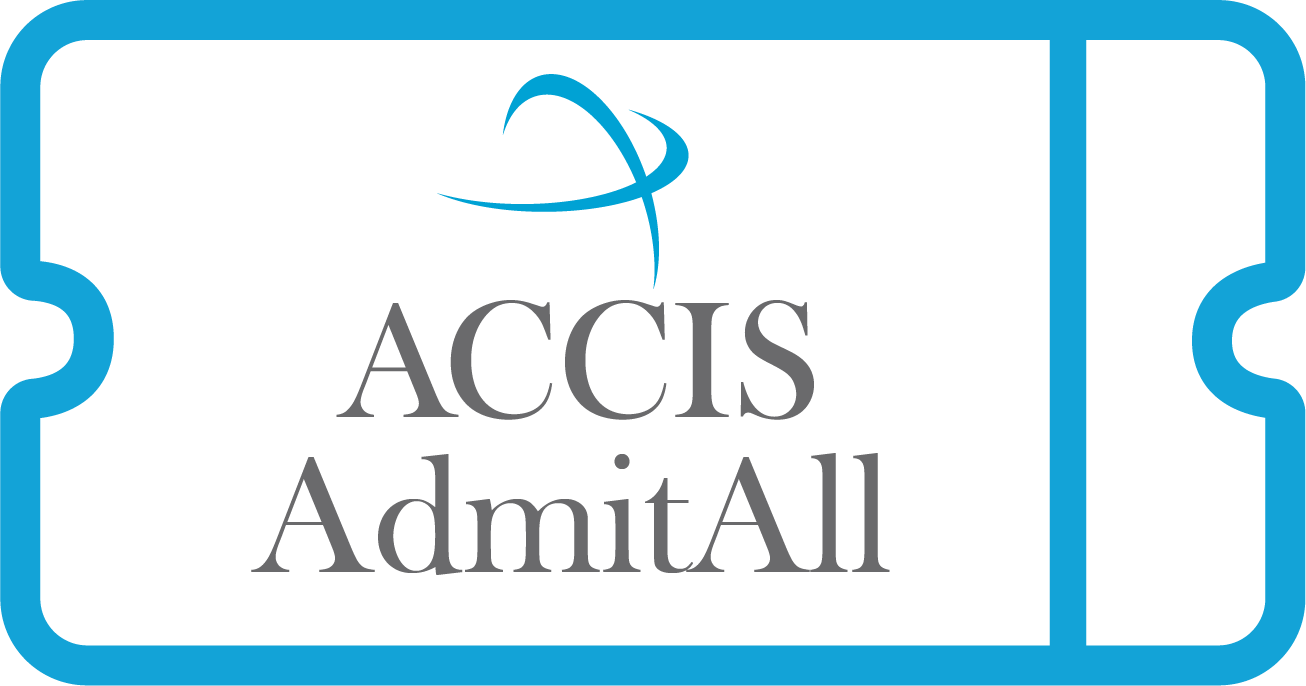
The Waitlist: The Final Frontier
Matthew DeGreeff, Middlesex School
On July 17th, 2020, I was standing in the parking lot of Drake’s Island Beach in Wells, Maine when I received a phone call from a college admissions officer with an urgent request. He wanted to offer Sam, one of our recently graduated students, a spot in the Class of 2024 for the fall semester; however, he wanted to know before the offer was made if Sam would take it. Breathlessly, I called Sam, pulling him away from his summer job to ask him the big question: do you want to go to your dream college that deferred you in early decision, waitlisted you in regular decision, and now wants you to join their incoming class? And by the way, they are asking you to commit on the spot in the middle of the summer! An eternal optimist, Sam had the full range of emotions from sheer joy to momentary confusion. He had done the hard work we asked him to do. He finished his senior year brilliantly, nailing terrific scores on his APs and was recognized by the faculty for his remarkable senior leadership during the crazy spring of 2020. He fell in love with the college he deposited with, and he had found roommates, started registering for classes, and was preparing with his parents to make his first tuition payment. He was in a very good place, yet he kept hope alive for his dream school, just in case something changed. In the spring of 2020, COVID changed everything, and the world of college admissions witnessed record numbers of waitlist acceptances as deans of admissions tried to figure out what the fall of 2020 would look like on their campuses. Within an hour on that hot July day, Sam accepted the offer from his dream school, feeling a bit guilty about saying no to the college he was intending to enroll in, but knowing that he could not turn down an opportunity that he had been considering for nearly two years.
As I reflect back on Sam’s story I wonder who benefits from the waitlist and what are the costs to the students. There is a lot to unpack. In many ways, the waitlist is the most unregulated, least watched, and emotionally loaded space in the admissions cycle. For students, the offer to remain on the waitlist means, as Jim Carrey noted in Dumb and Dumber, that “there’s a chance” that a spot might open up in the incoming class. However, for this generation of students waiting even longer cuts against the grain of their online existence and need for immediate feedback. The waitlist requires another round of “letters of continued interest” to demonstrate their unquestioned fealty to the college along with finishing senior year strongly when their classmates are thinking about attending prom and walking across the stage at graduation. The waitlist requires patience, resilience, and the strength to buckle up and ride out the process to the bitter end, and this is a tall task for students as early May turns into late June with their final notification still pending. One of my old admissions colleagues used to remind younger members on the admissions committee that “until the last acceptance letter is in the U.S. Mail truck that there was always a chance.” As an admissions officer and a college counselor, I have always believed that if there is a chance why not pursue it with eyes wide open, knowing we gave the process our collective best effort; however, I recognize that the elongation of the process is not always healthy for teenagers who need to move forward with their lives. I have found that more and more students are done with the college process by late April. Once they have attended revisit days, felt the love from the college they deposit with, and start to feel a sense of belonging with their college, they are ready to move forward with their lives. The hardy few try to keep hope alive.
For enrollment professionals, the waitlist is a critical space to shape their class, protect their enrollment from summer melt, fill institutional needs that still need attention, meet budgetary goals in terms of tuition revenue, and admit students whom they really wanted to bring into the class but were unable to offer a spot in regular decision. This spring, the waitlist has been particularly important for many deans of admissions to “right size their student population” because their campuses were simply too full. In 2020-2021, many colleges had more upperclassmen taking leaves of absences than expected along with incoming students taking gap years. These students returned to campus in 2021-2022 in droves. During last year’s admissions cycle, many deans admitted a fuller incoming class because they were not certain how COVID would impact the yield of their incoming class, and then the combination of widespread access to vaccinations and the opening up of borders to international students created larger than expected incoming classes on many campuses. As we entered the cycle for the class of 2026, the common feedback was that the deans of admissions were under tremendous pressure to hit their enrollment targets, and they did this by taking a larger percentage of the incoming class in early decision and being tighter with admissions offers in regular decision, with an eye towards shaping the class off the waitlist in the late spring.
While students are participating in the many of the wonderful rituals associated with leaving high school, their parents are sometimes more focused on “the one that got away,” the college that waitlisted their child. It is hard to comprehend that a gracious follow up note by the student and a strong performance in the final weeks before graduation is all that there is to be done. There has to be something more than to hurry up and wait, and then wait some more. Students, parents, counselors, and deans of admissions are at the mercy of the yield of their incoming classes, what needs in the class are left unfulfilled, and if the peer institutions of the college are going to their waitlist. In the spring of 2020, counselors reported that hundreds of domestic STEM students were taken off waitlists because colleges realized that their international STEM students would most likely not be able to enter the United States in the fall due to COVID restrictions. It was an unprecedented time on many levels, but it is the most clear illustration of how deans of admissions used the waitlist to fill critical needs in the enrollment of their incoming class. It is hard for any parent to comprehend how their child may or may not meet an enrollment goal for a particular college off the waitlist, and as counselors we do our best to gather information and interpret the trends as best we can for our families.
When I shared with Sam’s advisor the exciting news that he was admitted off the waitlist on July 17, 2020, she emphatically reminded me that the college should have taken him back in December. It was hard not to agree! Through his patience, effort, consistency, and graciousness, Sam discovered that hope was a reality for him. Moreover, I use his story to help my current students to understand how the waitlist works, how long it can last, and who benefits from the final stage of the process.
